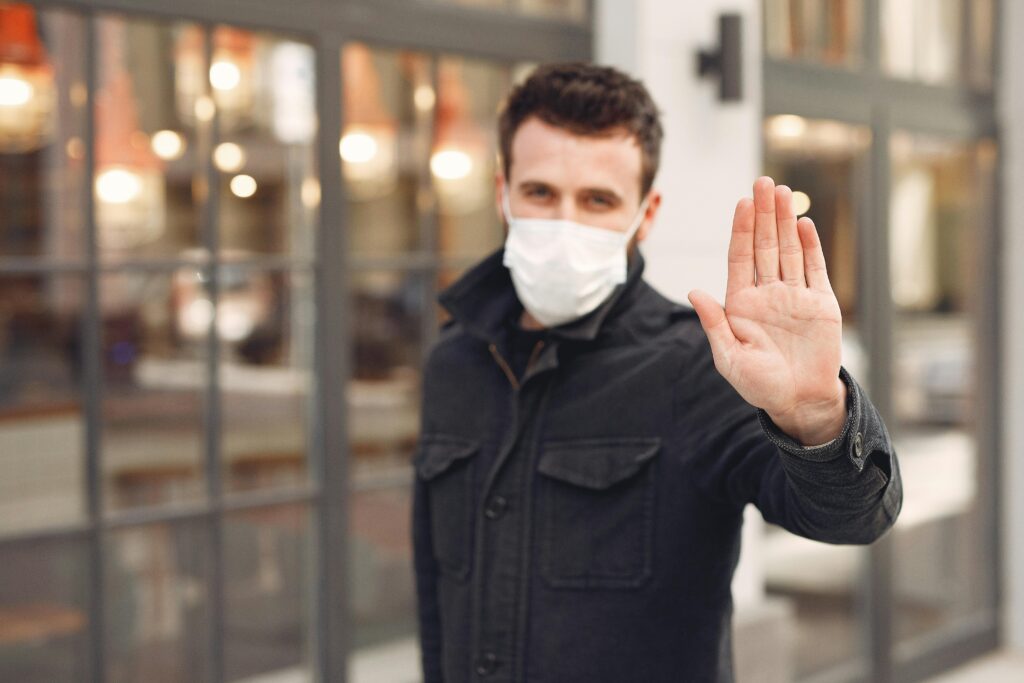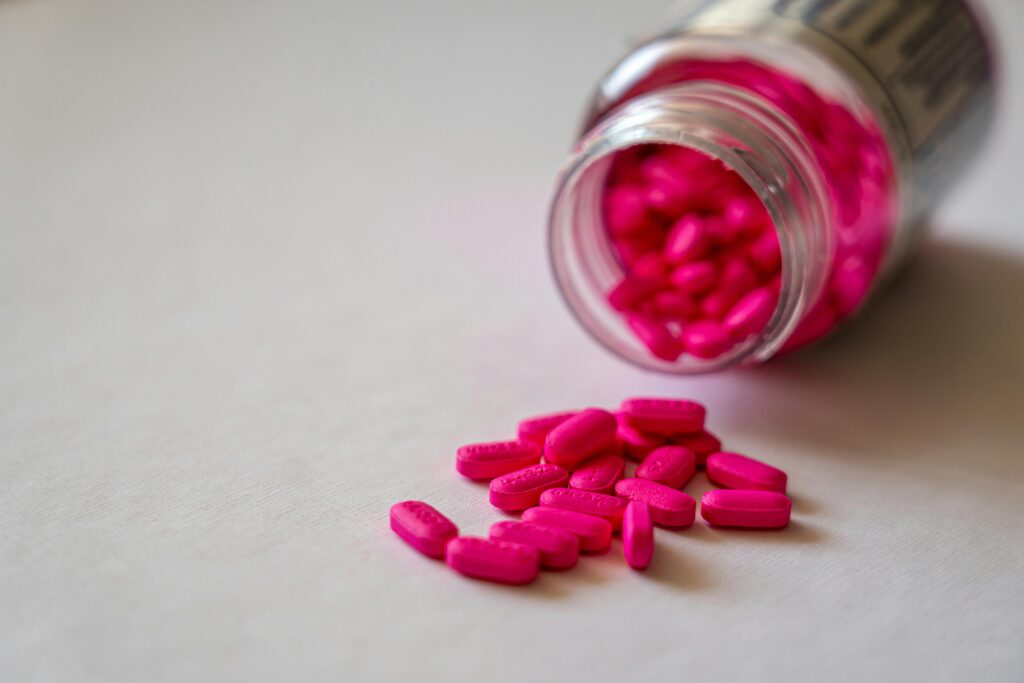Allergy season in Sydney typically peaks in the spring and autumn months. During these times, pollen levels tend to be higher due to the blooming of various plants and trees. Common allergens in Sydney include pollen from grasses, trees like birch and oak, as well as mold spores. Symptoms can range from sneezing, runny or stuffy nose, itchy or watery eyes, to more severe reactions in some individuals. Keeping track of pollen forecasts, minimizing outdoor activities during peak times, and using allergy medications as needed can help manage symptoms during allergy season in Sydney.

What is allergy season ?
Allergy season refers to the time of year when certain allergens, such as pollen from trees, grasses, and weeds, are abundant in the air. This abundance of allergens can trigger allergic reactions in susceptible individuals. Allergic reactions occur when the immune system mistakenly identifies harmless substances, like pollen, as threats to the body and reacts defensively. Common symptoms of allergies during allergy season include sneezing, congestion, runny nose, itchy or watery eyes, and sometimes coughing or wheezing. The timing and severity of allergy season can vary depending on factors such as geographic location, climate, and the types of plants in the area.
What months are allergy season ?

The timing of allergy season can vary depending on factors such as location, climate, and the specific allergens present in the environment. However, in many regions, allergy season often coincides with the blooming periods of certain plants.
In temperate climates like Sydney, Australia, allergy seasons typically occur:
- Spring: In Sydney, spring allergy season often peaks from September to November when many trees, grasses, and flowers begin to bloom, releasing pollen into the air.
- Autumn: Another peak allergy season in Sydney is during autumn, from March to May. During this time, different types of grasses and weeds may release pollen, contributing to allergic reactions.
It’s essential to note that allergy seasons can vary from year to year based on weather patterns and other environmental factors. Keeping track of pollen counts and being aware of specific allergens that trigger reactions can help individuals better manage their allergies during these times.
Allergy Calendar
An allergy calendar typically highlights the times of the year when specific allergens are most prevalent, helping individuals anticipate and manage their allergy symptoms. Here’s a general outline of what an allergy calendar might look like for different regions:
Spring (March to May):
- Tree pollen: Many trees release pollen during spring, including oak, birch, cedar, and maple.
- Grass pollen: Some grasses begin to pollinate in late spring, leading to increased pollen levels.
Summer (June to August):
- Grass pollen: Grass pollen levels typically peak during the summer months, especially in June and July.
- Mold spores: Warm and humid conditions can promote the growth of mold, leading to increased mold spore levels.
Autumn (September to November):
- Weed pollen: Ragweed is a common weed that releases pollen in the fall, causing allergies for many people.
- Mold spores: Wet and decaying vegetation can contribute to higher mold spore levels during the autumn months.
Winter (December to February):
- Indoor allergens: During the winter, people spend more time indoors, where they may be exposed to indoor allergens such as dust mites, pet dander, and indoor mold.
Keep in mind that this calendar is a general guideline, and the timing and severity of allergies can vary depending on factors like geographic location and climate. It’s helpful to consult local pollen forecasts and allergy reports to get more accurate information for your specific area. Additionally, keeping track of your own allergy symptoms throughout the year can help you better understand your triggers and manage your allergies effectively.
What are Allergy Symptoms?
Allergy symptoms can vary depending on the type of allergen and the individual’s sensitivity. Common allergy symptoms include:
- Sneezing: Allergic reactions often trigger sneezing, which helps expel allergens from the nose.
- Runny or Stuffy Nose: Allergens can cause inflammation in the nasal passages, leading to a runny or stuffy nose.
- Itchy or Watery Eyes: Allergens can irritate the eyes, causing itching, redness, and excessive tearing.
- Itchy Throat or Mouth: Some people may experience itching or irritation in the throat or mouth after exposure to allergens.
- Coughing: Allergies can lead to coughing, particularly if postnasal drip irritates the throat.
- Wheezing or Shortness of Breath: In individuals with asthma or allergic asthma, exposure to allergens can trigger wheezing or difficulty breathing.
- Skin Reactions: Allergic reactions can manifest on the skin, leading to symptoms such as hives (raised, red welts), eczema (itchy, inflamed skin), or dermatitis (skin rash).
- Fatigue: Allergies can cause fatigue due to the body’s immune response and disrupted sleep from symptoms like nasal congestion.
- Headache: Some people experience headaches as a result of sinus pressure or congestion caused by allergies.
- Difficulty Concentrating: Allergy symptoms, particularly those affecting the head and sinuses, can interfere with concentration and cognitive function.
It’s important to note that allergy symptoms can range from mild to severe and may vary in intensity depending on individual factors such as the type and level of exposure to allergens, underlying health conditions, and overall immune system sensitivity. If you suspect you have allergies, it’s advisable to consult a healthcare professional for proper diagnosis and management.
What is Allergy treatment?
Allergy treatment aims to alleviate symptoms and reduce the body’s response to allergens. Treatment options may include:

- Avoidance: Whenever possible, avoiding exposure to known allergens is the first line of defense. This might involve staying indoors during high pollen seasons, using allergen-proof covers on bedding to reduce exposure to dust mites, or avoiding foods that trigger allergic reactions.
- Medications:
- Antihistamines: These drugs can help relieve symptoms such as sneezing, itching, and runny nose by blocking the effects of histamine, a chemical released during allergic reactions.
- Decongestants: Decongestants can reduce nasal congestion by shrinking swollen nasal tissues. They are available in oral or nasal spray forms.
- Nasal corticosteroids: These medications reduce inflammation in the nasal passages, effectively relieving symptoms like nasal congestion, sneezing, and runny nose.
- Leukotriene modifiers: These drugs block the action of leukotrienes, substances in the body that contribute to allergic reactions and inflammation.
- Allergy shots (immunotherapy): Allergy shots involve regular injections of allergens over time, gradually desensitizing the immune system and reducing the severity of allergic reactions.
- Allergy immunotherapy: Allergy immunotherapy involves exposing the immune system to small amounts of allergens, gradually building tolerance and reducing the severity of allergic reactions over time. This can be administered through allergy shots (subcutaneous immunotherapy) or under-the-tongue tablets or drops (sublingual immunotherapy).
- Emergency epinephrine: For individuals with severe allergies, carrying an epinephrine auto-injector (such as EpiPen) is essential to quickly treat severe allergic reactions (anaphylaxis).
- Other treatments: In some cases, other treatments such as nasal irrigation (using a saline solution to rinse the nasal passages) or prescription medications may be recommended by a healthcare provider.
It’s important for individuals with allergies to work with a healthcare provider to develop a personalized treatment plan tailored to their specific allergies and symptoms.
What Tablets are Good for Allergy ?
Several types of tablets are commonly used to treat allergies. Some of the most commonly used allergy tablets include:

- Antihistamines: These medications block the effects of histamine, a chemical released by the immune system during allergic reactions. Common antihistamines include:
- Loratadine (Claritin)
- Cetirizine (Zyrtec)
- Fexofenadine (Allegra)
- Desloratadine (Clarinex)
- Decongestants: Decongestants help reduce nasal congestion by constricting blood vessels in the nasal passages. They are often combined with antihistamines to relieve multiple allergy symptoms. Common decongestants include:
- Pseudoephedrine (Sudafed) – available behind the pharmacy counter due to potential abuse.
- Phenylephrine (Sudafed PE) – available over-the-counter.
- Nasal corticosteroids: These medications reduce inflammation in the nasal passages, effectively relieving symptoms like nasal congestion, sneezing, and runny nose. Examples include:
- Fluticasone (Flonase)
- Mometasone (Nasonex)
- Budesonide (Rhinocort)
- Leukotriene modifiers: These medications block the action of leukotrienes, substances in the body that contribute to allergic reactions and inflammation. Montelukast (Singulair) is a common leukotriene modifier used to treat allergies and asthma.
- Combination medications: Some allergy medications combine an antihistamine with a decongestant to provide relief from multiple allergy symptoms. Examples include:
- Loratadine/Pseudoephedrine (Claritin-D)
- Cetirizine/Pseudoephedrine (Zyrtec-D)
- Fexofenadine/Pseudoephedrine (Allegra-D)
It’s essential to consult with a healthcare provider before starting any new medication, especially if you have other medical conditions or are taking other medications, to ensure safety and effectiveness. They can help you choose the most appropriate allergy medication based on your specific symptoms and medical history.
Conclusion
Allergies are a common condition characterized by the body’s overreaction to certain substances, known as allergens. Allergy symptoms can range from mild to severe and may include sneezing, runny or stuffy nose, itchy or watery eyes, coughing, wheezing, skin reactions, and fatigue. Effective allergy treatment options include avoiding allergens when possible, using medications such as antihistamines, decongestants, nasal corticosteroids, and leukotriene modifiers to relieve symptoms, undergoing allergy immunotherapy for long-term management, and carrying emergency epinephrine for severe allergic reactions. It’s important for individuals with allergies to work with a healthcare provider to develop a personalized treatment plan tailored to their specific allergies and symptoms. With proper management, allergy symptoms can be effectively controlled, allowing individuals to lead a better quality of life.

